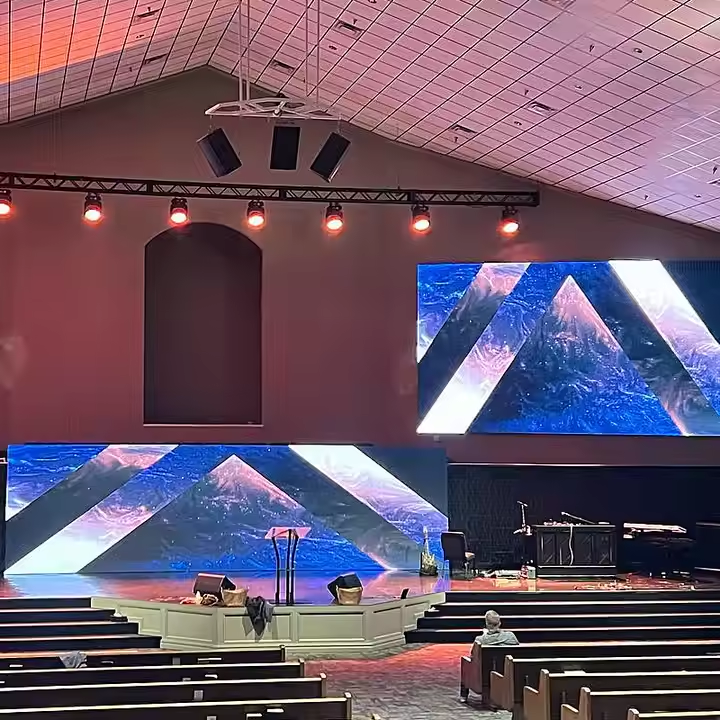A large-scale exhibition hall usually has multiple exhibition areas, and each exhibition area is divided into multiple sections, with a total area of several thousand square meters. In this way, an urban planning exhibition hall will have dozens or even hundreds of multimedia exhibits. It is simply a fantasy to control so many devices at the same time and let all multimedia equipment obey the instructions of operators or guides. It is simply a fantasy to rely on manual operation of a single device. In addition, from the perspective of environmental protection, when the equipment of the entire exhibition hall is turned on at the same time, the power consumption is also astonishingly large. In today’s energy shortage, if there are no tourists visiting a certain exhibition area for the time being and all the equipment is left there to sing and dance, it is really a very unenvironmentally friendly thing. However, it is a great waste of human resources to have staff guarding the switch equipment in front of each booth at any time. It is best to make the equipment “smart” and “turn it on when people come and turn it off when people leave”, so as to reflect the trend of modern and intelligent technology development.
To realize the above functions, we need a lot of smart projectors, smart LEDs, smart computer moving head lights, wash lights, imaging lights, smart speakers and other multimedia devices. How can we combine these originally unrelated devices to realize centralized control and intelligent fuzzy control? How can we realize the overall cross-floor control of wireless touch screens in a multi-floor exhibition hall? First of all, the central control system host contains a variety of control interfaces: RS232, RS485, infrared and IO. Commonly used multimedia devices can generally be controlled through these channels. In addition, the central control host can connect to a variety of peripheral control devices, such as power managers, dimmers, DXM512 lighting re-enactment devices, digital audio processors, etc. With these peripheral control devices, the central control can easily control the switch of lights and equipment power, the various dimming swings of computer moving head lights, the switching of multi-channel audio signals and the adjustment of volume. When there are many peripheral devices or the span of floors is large, a central control host is usually placed on each floor. The hosts are connected to each other through two-way RS232. In this way, even if the control distance exceeds the control range of the wireless touch screen, our intelligent central control host can easily cope with it.

